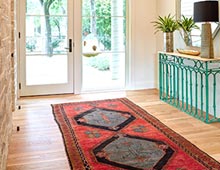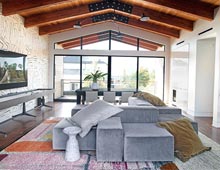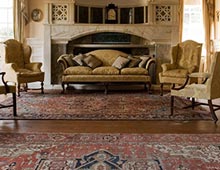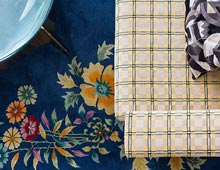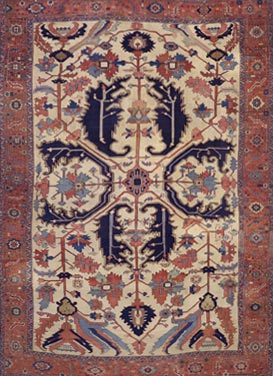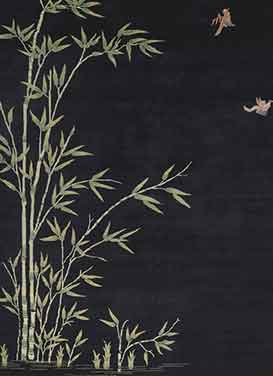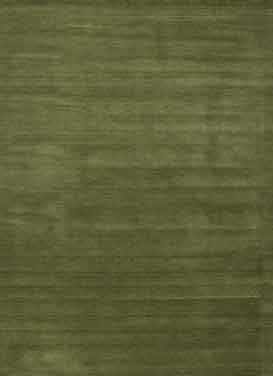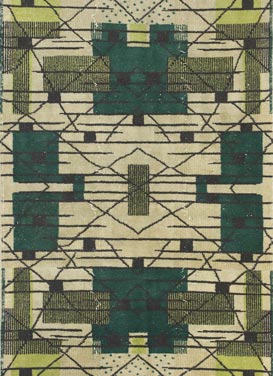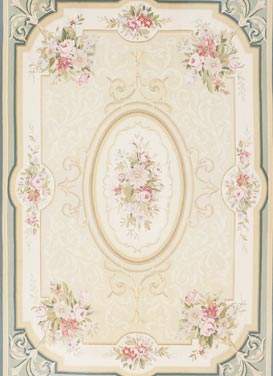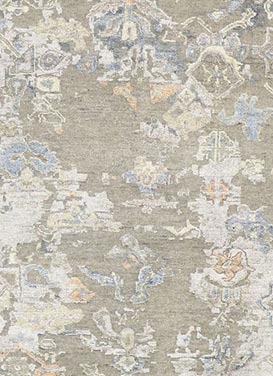- Inquiry
Description
74537 Vintage Beni Ourain Moroccan Rug, 06'08 x 12'07.
In the heart of the North-Eastern Middle Atlas Mountains of Morocco, skilled hands meticulously weave the captivating tales of Beni Ourain rugs. Crafted by the adept women of the Beni Ourain and various Berber tribes, these rugs draw inspiration from the nomadic Beni Ourain tribe's rich weaving traditions, encapsulating a timeless artistry handed down through the ages.
This vintage Beni Ourain Moroccan rug, a testament to precision and artisanship, seamlessly marries elements in the spirit of Midcentury Modern influence. Its sumptuous pile and refined simplicity manifest as a splendid example of Beni Ourain craftsmanship, boasting a clean and sophisticated composition. The natural sheep's wool forms an elegant backdrop in off-white and beige, harmoniously contrasted by lines in hues of purple and red.
Cherished by interior designers, decorators, and discerning homeowners alike, these Moroccan rugs are renowned for their minimalist color palette and design, imparting warmth and texture to modern and contemporary spaces. A trend that took root in the 1930s when visionaries like Le Corbusier, Alvar Aalto, and Charles and Ray Eames introduced plush Moroccan rugs to complement their sleek leather and chrome furniture. Initially serving practical purposes as floor and sleeping rugs, these plush Moroccan carpets have evolved into cherished additions to contemporary homes.
As the mid to late twentieth century witnessed a renaissance of appreciation for mid-century modernism, these rugs, whether gracing floors or adorning walls, have become story-filled talismans in our everyday lives. The allure lies in their seamless fusion of minimalist utility and magical symbolism, offering a timeless charm that captivates and enriches our living spaces.
- Rendered in variegated shades of beige, purple and red with other neutral colors.
- Abrash.
- Hand knotted wool.
- Made in Morocco.
- Berber Tribes of Morocco. Beni Ourain.
- Measures: 06'08 x 12'07.
- Date: 1960s. Mid-20th Century.

